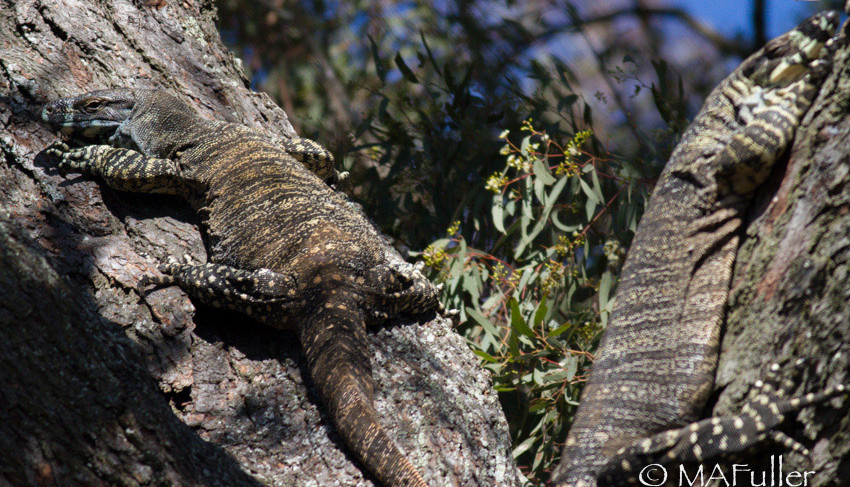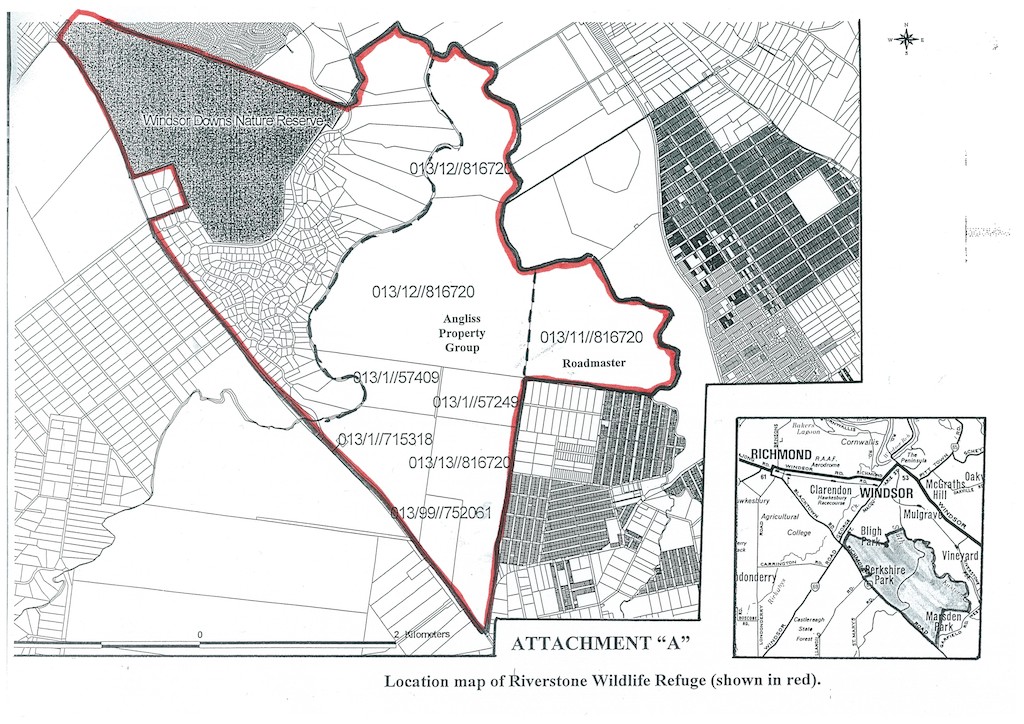To assist Conservationists in responding (by 18 December 2013) to draft guidelines for the proposed one-stop-shop of EPBC Act ‘Referrals’ we provide content of the submission by Blue Mountains Conservation Society which raises salient points.
You can draw from BMCS’s submission for your own short submission in hope of salvaging something from the wreck of weakening of EPBC Act administration.
Many thanks to Blue Mountains Conservation Society for help in this.
See: http://www.environment.gov.au/topics/environment-protection/environment-assessments/bilateral-agreements/nsw for details of where to get and send information.
Nature of the proposed arrangement
The Bilateral Agreement has been presented as a platform for streamlining assessment processes while maintaining environmental outcomes in NSW.
Any legitimate attempt to reduce duplication in environmental planning would surely consolidate the responsibilities of our States and Territories into the Commonwealth; not divulge Commonwealth responsibilities into seven duplicate State jurisdictions.
The proposal in its successive iterations has been transparently a response to sectors of the business community who are opposed to the Commonwealth governments high environmental assessment standards. The NSW community and the ICAC have repeatedly raised alarm regarding this effective absolution of Commonwealth responsibilities which will significantly exacerbate corruption in NSW planning and assessment.
The Blue Mountains Conservation Society reiterate our opposition to the proposed Bilateral Agreement. However we also have specific concerns regarding the nature and detail of the current Draft Agreement. These concerns follow.
Direct alteration of Federal assessment criteria
The Society opposes the use of the Bilateral Agreement to substantially alter the Federal assessment criteria.
Presently the Environmental Protection & Biodiversity Conservation Act 1999 section 139 provides that:
‘the Minister must not act inconsistently with:
(b) a recovery plan or threat abatement plan’. (own highlighting)
It is our understanding that this requirement extends to the preparation of assessment material by the Minister’s department.
Section 6.8 of the proposed Bilateral Agreement instead requires NSW, when preparing Assessment Reports, to merely ‘take into account’ Recovery Plans, Threat Abatement Plans, and the Commonwealth EPBC Act Environmental Offsets Policy. This constitutes a substantial shift of the assessment benchmark and would further cripple our ability to implement threatened species protection in NSW.
Section 6.8 must be revised to require NSW to ‘act consistently with’ Recovery Plans, Threat Abatement Plans, and the Commonwealth EPBC Act Environmental Offsets Policy when developing Assessment Reports.
We note that the attempt to use the Bilateral Agreement process to substantively alter the Federal assessment benchmark is cynical and a serious breach of trust with the NSW community.
The role of precedent and practice
As with any regulatory body successive Federal environment departments have developed a community of practice. This includes formalised non-legislated instruments such as codes of practice and assessment criteria. It also includes precedent on assessment decisions – most importantly a tradition of what is considered an acceptable environmental impact.
The degree to which a bilateral arrangement effectively protects our threatened biodiversity depends to a considerable degree on the maintenance of this precedence and practice. The Bilateral Agreement is disturbingly silent on how codes of practice, assessment criteria and precedent will be consolidated. We raise two key questions in this regard:
- Will Federal written codes of practice and assessment criteria be maintained? If so, which ones?
- Will precedent regarding Federal assessment benchmarks be maintained in decision making, or will the lower State benchmark precedent be used?
These matters are too serious to be left to an Administrative Agreement (s 9.1) beyond the public scrutiny. Rather they must be addressed up-front and transparently within the Bilateral Agreement.
Assessment Reports and public consultation
Aspects regarding the public consultation process are unclear and require resolution within the Bilateral Agreement instrument. No provision is made for a review of public submissions or for their incorporation as Appendices in Assessment Reports. The Bilateral Agreement must be amended to provide for a genuine review of public submissions as an integral step of the assessment process.
Stop-the-clock provisions
The apparent position that stop-the-clock provisions are unnecessary is alarmingly uninformed. Proposals are frequently lodged without sufficient information to allow an informed decision however it is typically not possible to determine the sufficiency of lodged data without first accepting and thoroughly assessing an application. Provisions to pause the assessment timeframe while necessary information is provided are essential for a functional planning system. Since existing provisions differ between State and Federal departments this is an area which the Bilateral Agreement must address. It is not appropriate to address this within the confines of an Administrative Agreement beyond public scrutiny and comment.
We hope that the exhibition of the draft Assessment Bilateral Agreement provides occasion for the serious failings of this proposal to be given legitimate attention.
The Society in representing our local community reiterate our appeal that the current program of planning intemperance is stemmed, and instead that NSW can progress once more toward an informed, balanced and corruption-free planning system.

